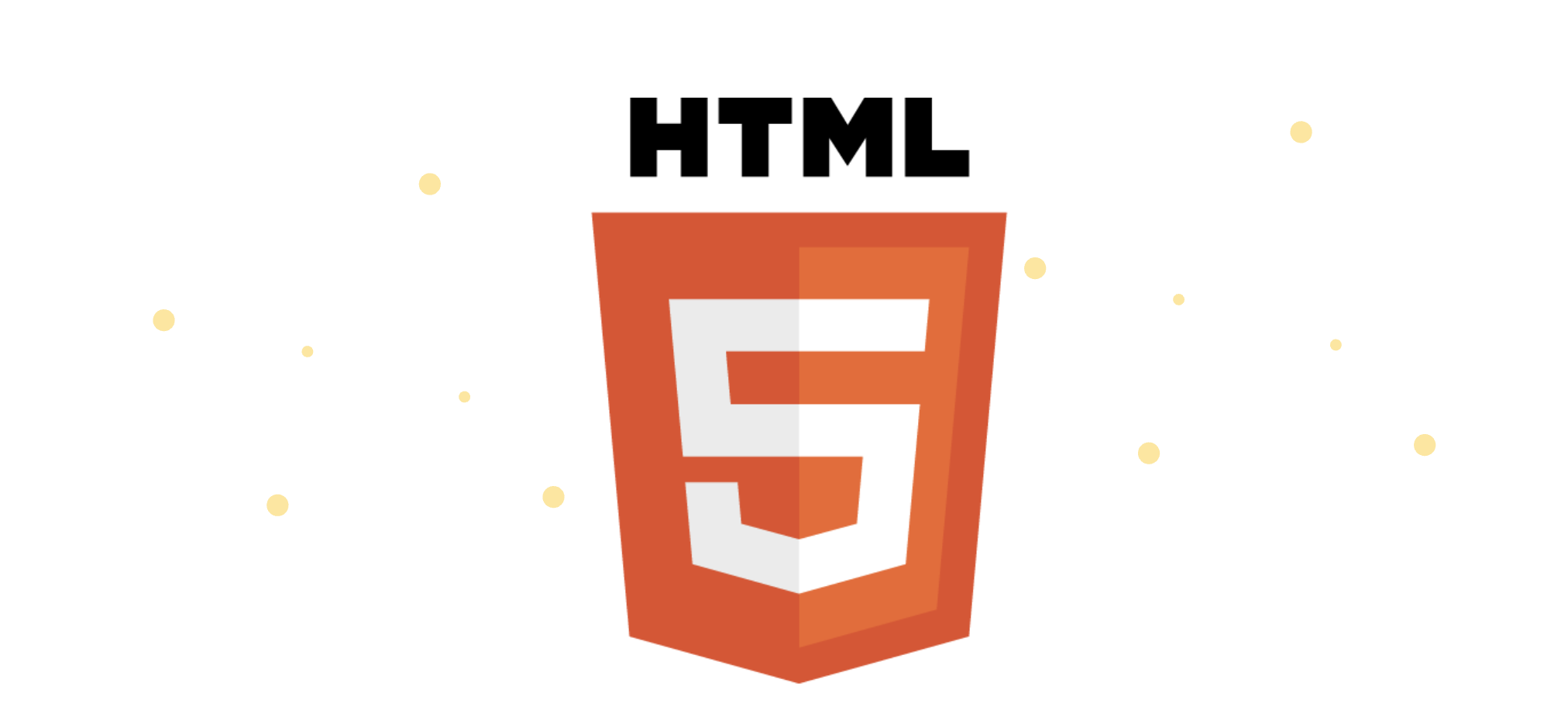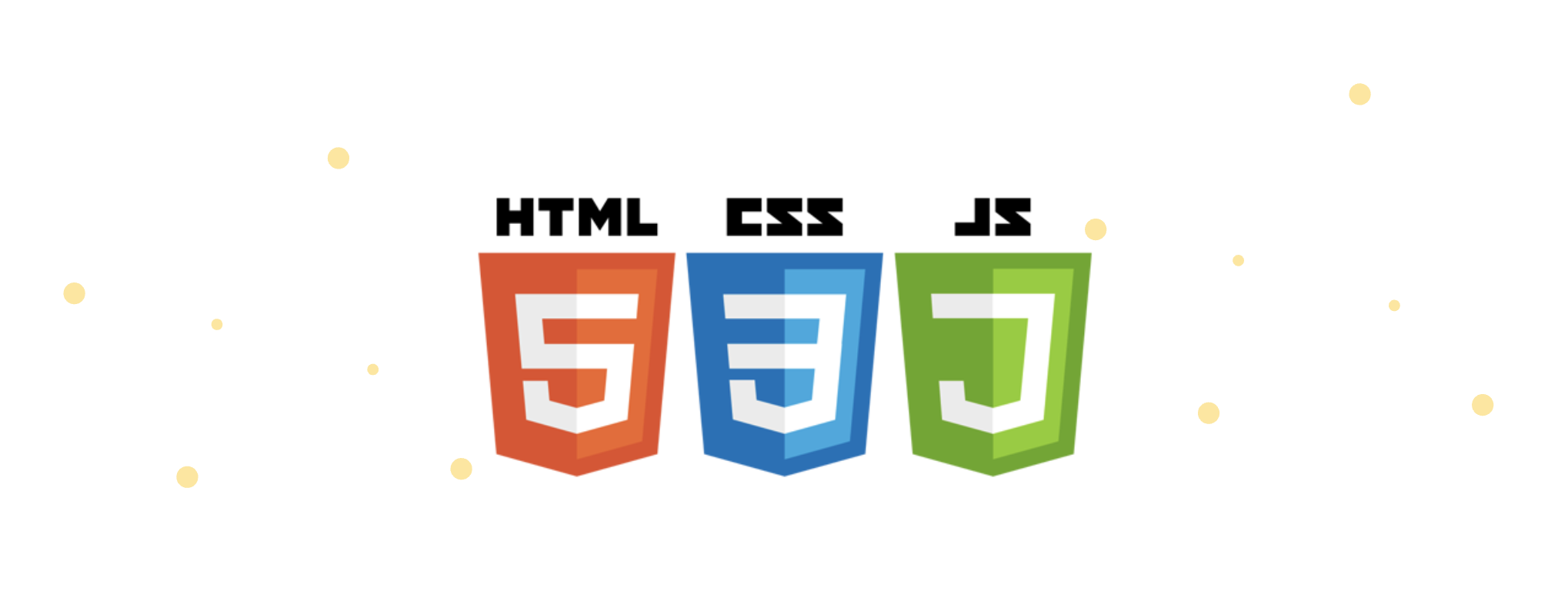Table of Contents
What are basic HTML interview questions?
Frontend development continues to rise in popularity as more companies become web-oriented. As new technologies continue to innovate the frontend space, companies are on the lookout for specialized frontend developers.
When you’re preparing for your frontend development interview, you’ll be brushing up on JavaScript and the latest frameworks, but it’s important that you don’t forget about HTML, one of the foundational building blocks to web development.
You may think that you don’t need to review your HTML concepts, but during the interview, you face nuanced questions that you need to prepare for beforehand. Today, we’ll break down 30+ popular HTML interview questions to refresh your understanding of HTML before your next frontend interview.
Succeed in your frontend interview.
Check out this resource to strategically prepare for your frontend coding interviews.
Introduction to frontend interviews#
Technical front-end interviews can be incredibly difficult. In almost every scenario, HTML will not be the only concept that you are being interviewed on. You will be tested on your understanding of all components of web development, but HTML is essential to your success. HTML is the first step when it comes to preparing for coding interviews, as it is the foundation of web dev as a whole.
Though we will be focusing on HTML today, you will need to know other concepts. Refresh your understanding of. the following frontend concepts:
-
General networking knowledge: technologies, architectures, and paradigms such as HTTP requests, web security, REST vs RPC, and more
-
CSS: language basics and advanced add-ons like SASS preprocessors
-
JavaScript language: advanced JavaScript including concepts like callbacks and promises
-
Design patterns: structural, creational, behavioral, and more
-
Frameworks and libraries: you’ll want to speak to your personal experience with
.jsframeworks. and libraries -
Data structures: Linked Lists, Hash tables, Trees, Graphs (know search algorithms), and more
-
Algorithms: study the Big-O complexity of each as you prepare
-
Web performance: the performance implications of your code, such as critical rendering path. service workers, image optimization, rendering performance, and more
Types of HTML & frontend interview questions#
Before studying questions, it’s important to understand that coding questions fall into common patterns. Understanding those patterns makes it easier to come up with a solution quickly. The interview questions broadly fall into the following categories:
Skills demo. These aim to see you in action to assess the efficiency of your workflow.
Ability to adapt. These questions judge your knowledge of the current tech trends and how well you can work with new technologies. For instance, you may be asked about what kinds of blogs you like to read or influential Twitter developers you follow.
Knowledge. Questions to test your understanding of the industry
Personality. Gauging how well you fit the company’s values
Open-ended questions. These questions may gauge anything about your skills, interest in web development, history with programming, and more, such as,
- What got you excited about web development?
- What is front-end web development, and how is it different from back-end web development?
- How do you know which HTML tag best suits which content?
Tips for HTML interview questions#
Know the interview’s structure beforehand. There is no one structure for the front-end interview. So, before your interview, make sure to ask your recruiter about the format. Sometimes, your interview may use a whiteboard while others may use an online text editors. Make sure to know that environment that you will be using so that you are adjusted beforehand.
Prepare to talk about your projects. One of the first questions you will be asked in a frontend interview is around your past projects. It’s a good idea. to prepare a short speech about your projects including the tools used. This can include open source projects you’ve contributed to.
Approach coding questions with a system. For the technical questions of the interview, be sure to clarify that you understand the question. It’s a good idea to ask how you’ll be evaluated before you jump in, as it may change your strategy. Prioritize a mutual understanding with your interviewer so you can and adapt to feedback.
Approach the problem from multiple angles. An interviewee that gets stuck on one approach won’t make it too far. Don’t get set on one approach. A recruiter wants to know that you can take feedback. and adapt as needed. So, try to approach the problem from multiple angles and articulate any alternatives.
Top HTML Interview Questions and Answers#
Preparing for a front-end interview?
Mastering HTML is still a must. While many interview questions haven’t changed much, the language and expectations have evolved.
This updated guide covers the most commonly asked HTML interview questions, rewritten to reflect modern standards, APIs, and best practices.
Core HTML Basics#
1. What is HTML and what is it used for?
HTML (HyperText Markup Language) is the standard markup language used to structure content on the web.
It defines the meaning and layout of web content using elements and tags — the backbone of every website.
2. Is “HTML5” still the latest version of HTML?
No. HTML is now a Living Standard maintained by the WHATWG, meaning it’s updated continuously rather than through discrete versions.
While people still say “HTML5,” the correct term is simply HTML.
3. What is the purpose of <!doctype html>?
The <!doctype html> declaration ensures that the browser renders the page in standards mode, not quirks mode.
Unlike earlier versions, modern HTML uses a single doctype:
<!doctype html>
4. What are semantic HTML elements and why are they important?
Semantic elements describe their meaning both to browsers and developers.
Examples: <header>, <main>, <nav>, <article>, <footer>
They improve accessibility, SEO, and maintainability.
5. How do block-level and inline elements differ?
- Block-level:
<div>,<p>,<section>— start on a new line and take full width. - Inline:
<span>,<a>,<strong>— flow within a line and only take needed space.
Modern HTML Features#
6. What are some modern HTML APIs for storage?
Instead of deprecated Web SQL, browsers now use:
- LocalStorage / SessionStorage: Simple key-value storage.
- IndexedDB: A structured NoSQL database.
- Cache Storage: Used with Service Workers for offline data.
7. How does the <dialog> element work?
<dialog> provides a native way to create modals or popups.
It supports methods like .show() and .showModal() and integrates with accessibility APIs.
8. What does the popover attribute do?
The popover attribute lets an element behave as a popover (like a tooltip or dropdown) — no extra JS needed.
Toggle it declaratively using popovertarget or programmatically via .showPopover().
9. What is the purpose of the inert attribute?
inert temporarily removes an element and its children from the tab order and accessibility tree.
It’s used to trap focus in modals or disable background content.
10. How can you ensure accessibility with semantic elements?
- Maintain heading hierarchy (
<h1>→<h6>). - Add alt text for images.
- Use
<label>for form controls. - Apply ARIA only when native semantics don’t suffice.
Working with Media and Layout#
11. How do you make images responsive in HTML?
<img
src="default.jpg"
srcset="small.jpg 480w, large.jpg 1080w"
sizes="(max-width: 600px) 480px, 1080px"
alt="Example"
/>
Use srcset and sizes to serve appropriate image resolutions for each device.
12. What is lazy loading and how do you implement it?
<img src="photo.jpg" loading="lazy" alt="Lazy loaded image">
Lazy loading delays loading of offscreen images or iframes — improving performance.
13. What is fetchpriority and when would you use it?
<img src="hero.jpg" fetchpriority="high" alt="Hero image">
fetchpriority lets you prioritize critical assets early in the load process.
14. What’s the difference between <picture> and <img>?
<picture> supports art direction and format switching:
<picture>
<source srcset="image.avif" type="image/avif">
<img src="fallback.jpg" alt="Example">
</picture>
Forms and Validation#
15. How can you improve form usability without JavaScript?
- Use semantic input types:
email,url,tel. - Add attributes like
required,pattern,min,max. - Use
autocompletetokens for better autofill. - Associate labels with inputs via
<label for>.
16. What is the difference between novalidate and required?
novalidate: disables built-in form validation entirely.required: ensures a field must be filled before submission.
17. How can you make forms more accessible?
- Use
<label for="id">to connect labels. - Use
<fieldset>and<legend>for grouped controls. - Provide descriptive error messages with
aria-describedby.
Tables and Structure#
18. What elements build an HTML table?
<table>, <thead>, <tbody>, <tfoot>, <tr>, <th>, <td>
19. Why is table structure important for accessibility?
Proper table markup helps screen readers interpret row-column relationships.
Always use <th> for headers and apply scope attributes when needed.
Security and Best Practices#
20. How can you safely embed third-party content with <iframe>?
- Use the
sandboxattribute for isolation. - Apply
allowfor permissions (e.g.,allow="camera; fullscreen"). - Control referrer info with
referrerpolicy. - Add
loading="lazy"for performance.
21. What are some HTML performance best practices?
- Use semantic markup for faster parsing.
- Defer non-critical scripts and preload key assets.
- Use responsive images and lazy loading.
- Minimize unused markup.
Specification and Standards Awareness#
22. Who maintains the HTML specification today?
The WHATWG (Web Hypertext Application Technology Working Group).
W3C no longer publishes a separate version — browsers follow WHATWG standards.
23. How does HTML evolve today?
Features are added incrementally as part of the Living Standard.
No more large “version releases” — evolution happens continuously.
Bonus: Commonly Asked Quick Questions#
24. What’s the difference between <b> and <strong>?
<b>: purely visual bold.<strong>: semantic importance, impacts accessibility.
25. What’s the difference between <i> and <em>?
<i>: visual italics.<em>: emphasizes meaning for screen readers.
26. What’s the difference between <div> and <section>?
<div>: generic container, no semantics.<section>: thematic grouping of related content.
27. What’s the difference between id and class?
id: unique, used for one element.class: reusable across elements.
28. How do data-* attributes work?
They store custom data on elements and can be accessed via JavaScript using dataset.
29. How do you embed a video in HTML?
<video controls width="640">
<source src="video.mp4" type="video/mp4">
</video>
30. What are void elements in HTML?
Self-closing elements that cannot contain children, such as <img>, <br>, <hr>, <meta>, <link>.
Wrapping up and resources#
Having a good foundation of your HTML understanding is vital if you want to pass the frontend coding interview and not get stuck on the basics. Once you feel up to speed on HTML, you’ll want to move onto to CSS, JavaScript, and advanced web dev concepts that unite them all.
If you are looking for a one-stop-shop for your frontend interview prep, check out our frontend interview prep course, HTML for Front-end Interviews. It walks you through all the need-to-know concepts with hands-on practice, real-world examples, and more.
Keep reading about HTML and coding interviews#
Succeed in your frontend interview.#
Avoid waiting another 6 months to apply by taking our HTML coding interview course. Educative’s text-based courses are easy to skim and feature live coding environments, making learning quick and efficient.
Final Tips for HTML Interviews#
Always explain why an element is used, not just what it does.
Mention accessibility, performance, and security — they matter.
Be ready to discuss Living Standards and modern features like popover, dialog, and inert.
With this updated set of questions and answers, you’ll be well-prepared for HTML interviews at top companies — from fundamentals to advanced features.
Happy learning and good luck!

